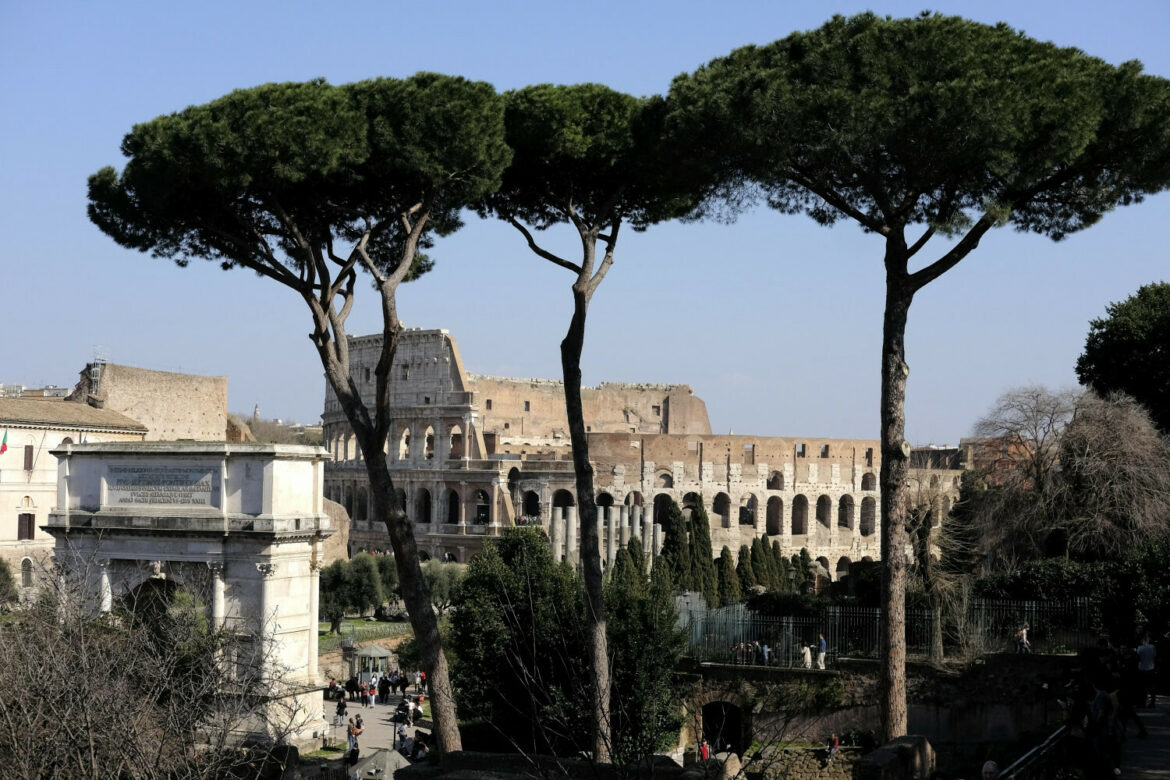The Scientific Station of the Polish Academy of Sciences (PAN) in Rome, on the occasion of the 70th anniversary of the establishment of the Polish Academy of Sciences, is launching a project aimed at presenting 70 examples of Polish-Italian scientific cooperation.
All the year, the PAN station in Rome will present the activities carried out by Italians and Poles as part of joint research projects or scholarships implemented in the partner country through the social media at www.facebook.com/accademia.polacca .
Currently, there are nearly 20 projects, and with each week their base will grow.
„The traditional area of cooperation between our scientists was the humanities, social sciences and art. This has also created the profile of the Scientific Station in Rome for many years including archaeological, historical and art history projects that were carried out here. It allowed creating many publications, including the “Conferenze” publishing program, summing up the scientific debates taking place at the Station”, informs Agnieszka Stefaniak-Hrycko, director of the Scientific Station of the Polish Academy of Sciences in Rome.
Today, however, Polish-Italian scientific cooperation is carried out much more widely. The largest number of joint publications, being the key results of scientists’ work, are created in medicine, physics and life sciences.
One example may be the work of Prof. Katarzyna Starowicz-Bubak, who develops innovative methods for treating chronic pain at the Institute of Pharmacology of the Polish Academy of Sciences in Krakow thanks to a scholarship at the Istituto di Chimica Biomolecolare Consiglio Nazionale delle Ricerche.
At the Institute of Physical Chemistry of the Polish Academy of Sciences, Dr Marco Costantini, collaborating with Dr Cesare Gargioli from the University of Tor Vergata in Rome, successfully produces a muscle substitute based on a biocompatible gel that resembles spaghetti in structure.
Adrian Andrzejewski





